Franck Gechter
Variational Information Bottleneck Model for Accurate Indoor Position Recognition
Jan 26, 2021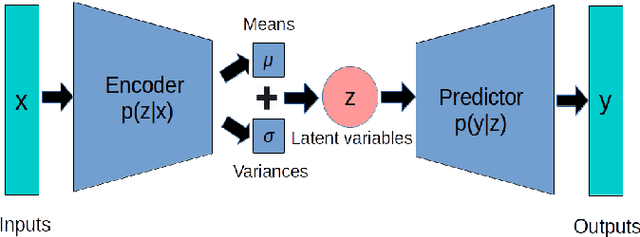
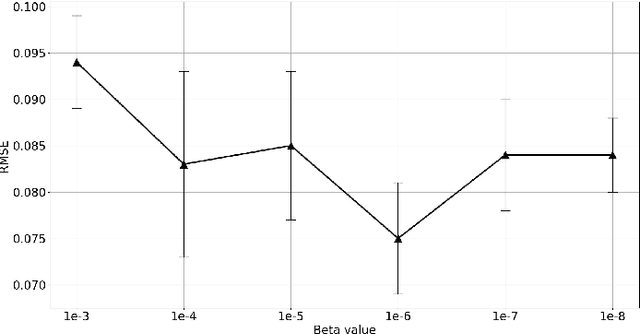
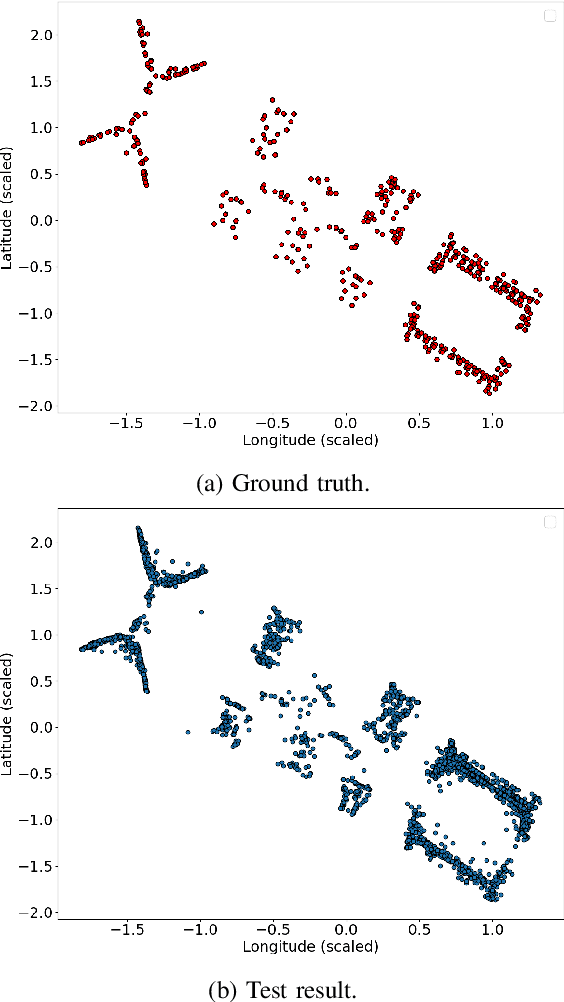
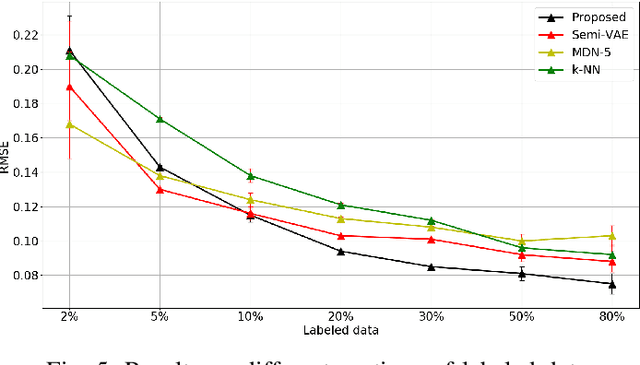
Abstract:Recognizing user location with WiFi fingerprints is a popular approach for accurate indoor positioning problems. In this work, our goal is to interpret WiFi fingerprints into actual user locations. However, WiFi fingerprint data can be very high dimensional in some cases, we need to find a good representation of the input data for the learning task first. Otherwise, using neural networks will suffer from severe overfitting. In this work, we solve this issue by combining the Information Bottleneck method and Variational Inference. Based on these two approaches, we propose a Variational Information Bottleneck model for accurate indoor positioning. The proposed model consists of an encoder structure and a predictor structure. The encoder is to find a good representation in the input data for the learning task. The predictor is to use the latent representation to predict the final output. To enhance the generalization of our model, we also adopt the Dropout technique for each hidden layer of the decoder. We conduct the validation experiments on a real-world dataset. We also compare the proposed model to other existing methods so as to quantify the performances of our method.
Multi-Task Variational Information Bottleneck
Jul 01, 2020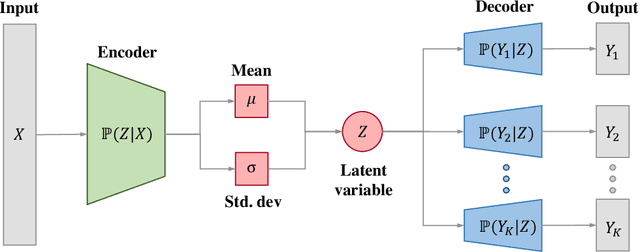
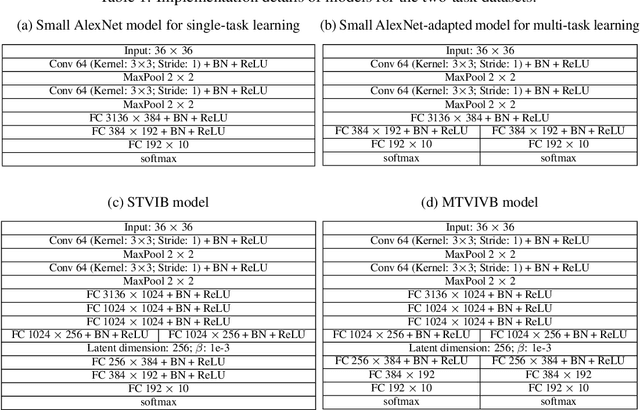
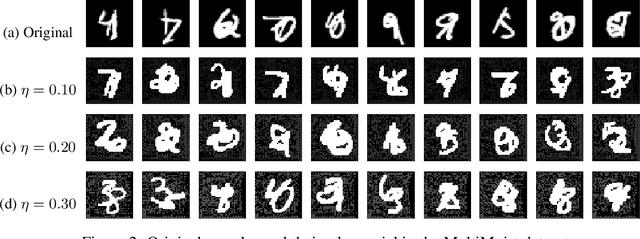
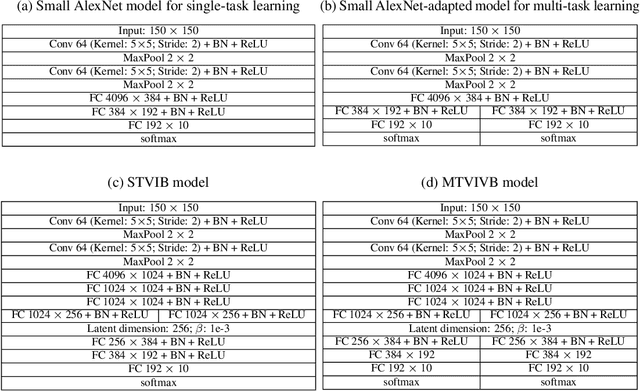
Abstract:In this paper we propose a multi-task deep learning model called \emph{multi-task variational information bottleneck} (in short MTVIB). The structure of the variational information bottleneck (VIB) is used to obtain the latent representation of the input data; the task-dependent uncertainties are used to learn the relative weights of task loss functions; and the multi-task learning can be formulated as a constrained multi-objective optimization problem. Our model can enhance the latent representations and consider the trade-offs among different learning tasks. It is examined with publicly available datasets under different adversarial attacks. The overall classification performance of our model is promising. It can achieve comparable classification accuracies as the benchmarked models, and has shown a better robustness against adversarial attacks compared with other multi-task deep learning models.
Supervised and Semi-supervised Deep Probabilistic Models for Indoor Positioning Problems
Dec 19, 2019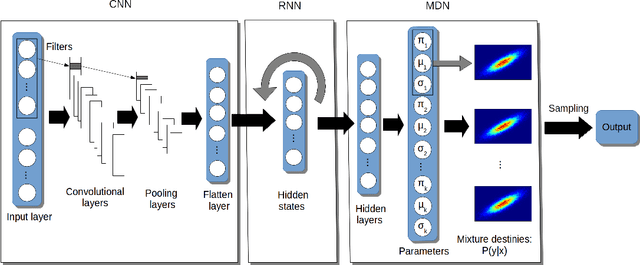
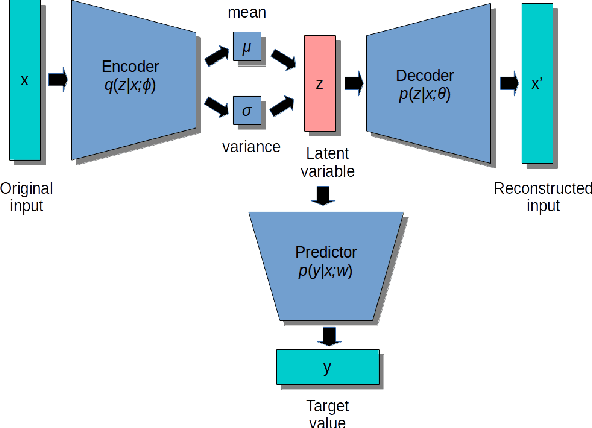


Abstract:Predicting smartphone users location with WiFi fingerprints has been a popular research topic recently. In this work, we propose two novel deep learning-based models, the convolutional mixture density recurrent neural network and the VAE-based semi-supervised learning model. The convolutional mixture density recurrent neural network is designed for path prediction, in which the advantages of convolutional neural networks, recurrent neural networks and mixture density networks are combined. Further, since most of real-world datasets are not labeled, we devise the VAE-based model for the semi-supervised learning tasks. In order to test the proposed models, we conduct the validation experiments on the real-world datasets. The final results verify the effectiveness of our approaches and show the superiority over other existing methods.
A Probabilistic Approach for Discovering Daily Human Mobility Patterns with Mobile Data
Nov 21, 2019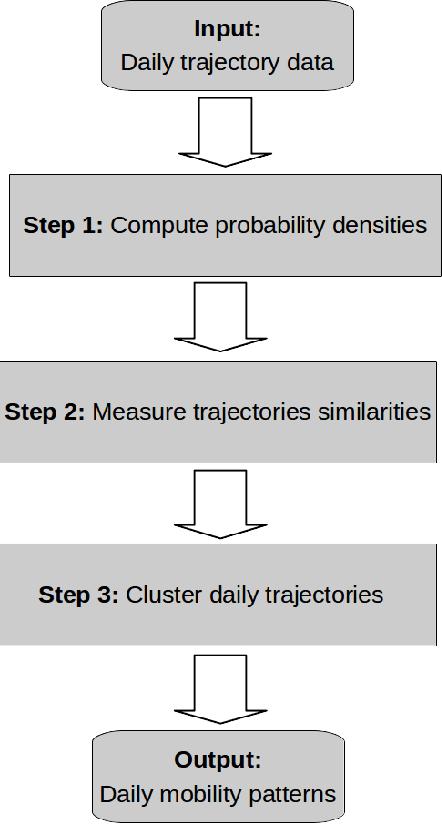
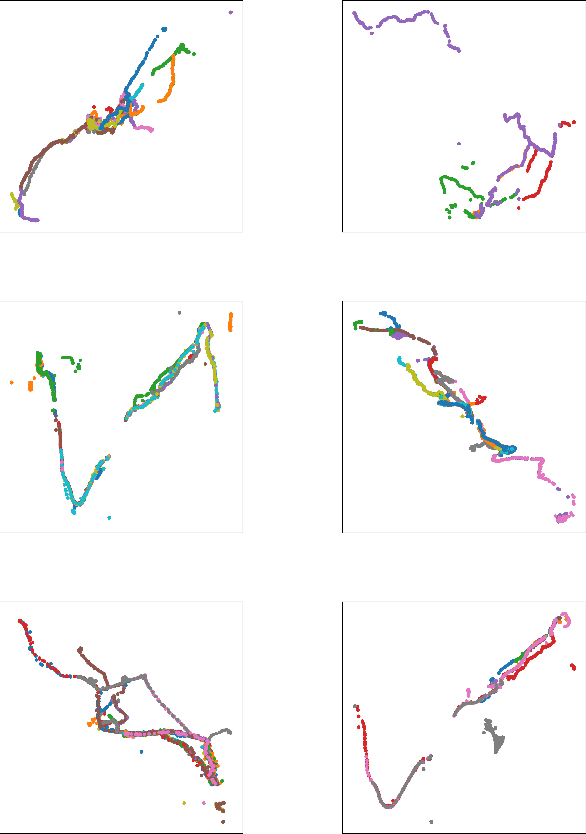
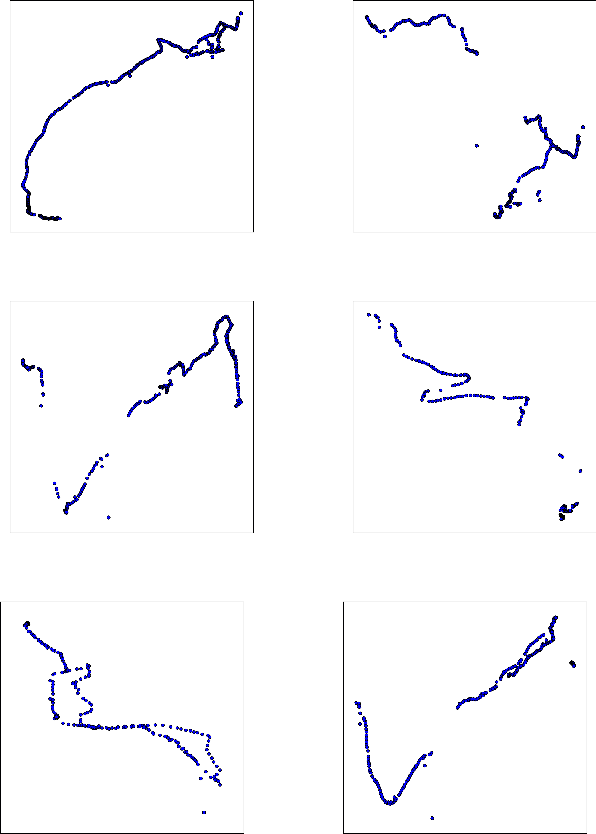
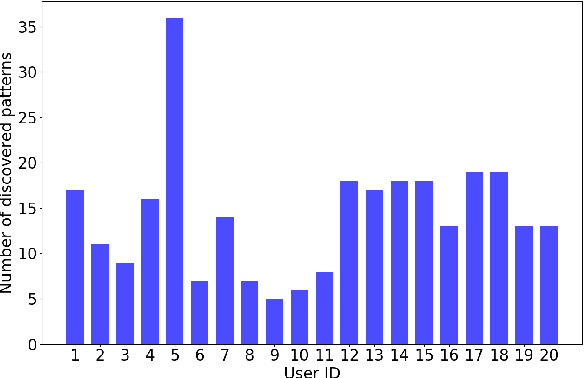
Abstract:Discovering human mobility patterns with geo-location data collected from smartphone users has been a hot research topic in recent years. In this paper, we attempt to discover daily mobile patterns based on GPS data. We view this problem from a probabilistic perspective in order to explore more information from the original GPS data compared to other conventional methods. A non-parameter Bayesian modeling method, Infinite Gaussian Mixture Model, is used to estimate the probability density for the daily mobility. Then, we use Kullback-Leibler divergence as the metrics to measure the similarity of different probability distributions. And combining Infinite Gaussian Mixture Model and Kullback-Leibler divergence, we derived an automatic clustering algorithm to discover mobility patterns for each individual user without setting the number of clusters in advance. In the experiments, the effectiveness of our method is validated on the real user data collected from different users. The results show that the IGMM-based algorithm outperforms the GMM-based algorithm. We also test our methods on the dataset with different lengths to discover the minimum data length for discovering mobility patterns.
Convolutional Mixture Density Recurrent Neural Network for Predicting User Location with WiFi Fingerprints
Nov 21, 2019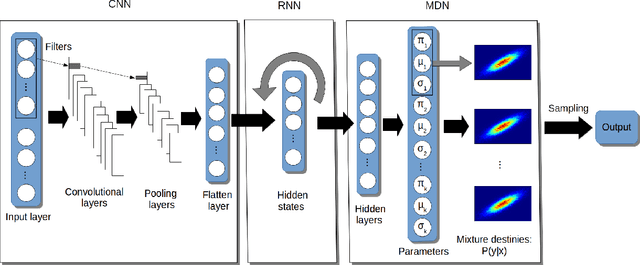

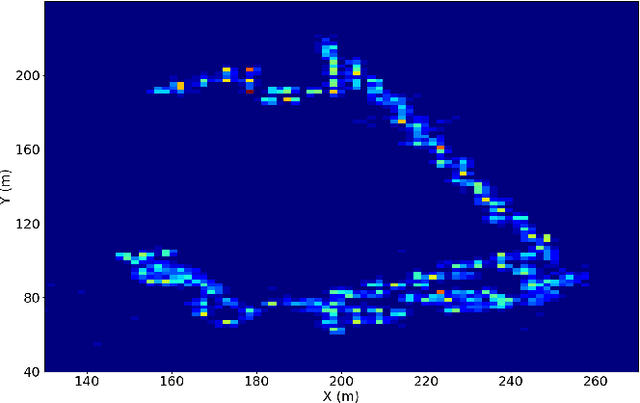
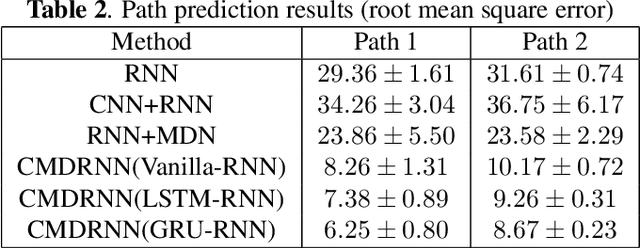
Abstract:Predicting smartphone users activity using WiFi fingerprints has been a popular approach for indoor positioning in recent years. However, such a high dimensional time-series prediction problem can be very tricky to solve. To address this issue, we propose a novel deep learning model, the convolutional mixture density recurrent neural network (CMDRNN), which combines the strengths of convolutional neural networks, recurrent neural networks and mixture density networks. In our model, the CNN sub-model is employed to detect the feature of the high dimensional input, the RNN sub-model is utilized to capture the time dependency and the MDN sub-model is for predicting the final output. For validation, we conduct the experiments on the real-world dataset and the obtained results illustrate the effectiveness of our method.
 Add to Chrome
Add to Chrome Add to Firefox
Add to Firefox Add to Edge
Add to Edge